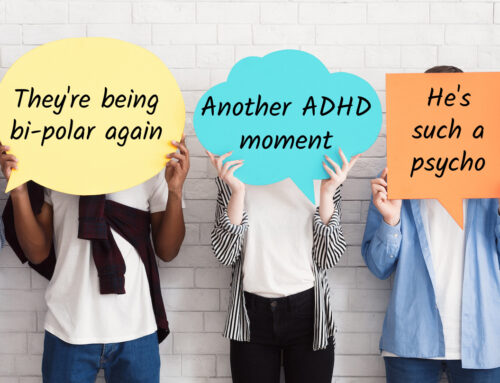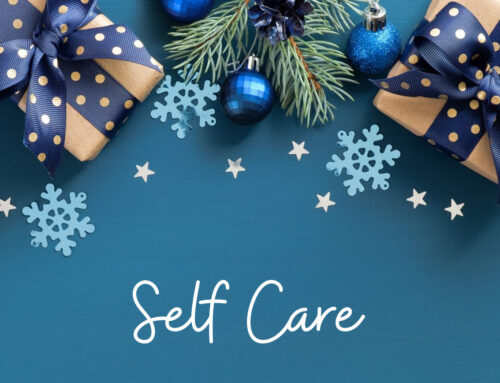By: Samantha Congdon, LMFT
We hear the term mindfulness get used in a variety of different settings and situations, but what really is mindfulness? “Mindfulness is the basic human ability to be fully present, aware of where we are and what we are doing, and not overly reactive or overwhelmed by what is going on around us,” according to the Foundation for a Mindful Society. It sounds simple. You just need to focus on what is happening right now, but when something triggers us, it can be like a domino effect. Our mind’s thoughts begin to accelerate, we start to lose touch of how our body is reacting, and soon we are deep in an obsessive thought about a negative experience from the past, or worried about a future situation. Triggers take us out of the present moment, making us unaware of how we can take care of ourselves in the now. Today we will explore simple ways to ignite and access our inner mindfulness.
The first thing to know about mindfulness is it is a quality all of us possess, and we all must learn to access it. Psychology Today shares a great way to start accessing mindfulness by noticing and naming your body’s sensations, thoughts, and emotions. Take a moment to stop and listen to what is going on outside of you, using your five senses: sight, hear, smell, taste, touch. Mindfulness does not force us to change anything about ourselves; rather, it offers an opportunity for us to acknowledge what is already occurring.
Once you have acknowledged what is outside of you, take a moment to listen to what is going on inside of you, such as your breath and heartbeat. As you continue down this path of listening to what is physically going on inside of you, it is then that you can calmly begin to acknowledge your thoughts, feelings, and emotions. Daphne M. Davis and Jeffrey A. Hayes from Pennsylvania State University explored emotional regulation and mindfulness. They discovered there is evidence that mindfulness helps develop effective emotional regulation in the brain. “Mindfulness meditation promotes metacognitive awareness, decrease rumination…and enhances attentional capacities through gains in working memory, these cognitive gains in turn, contribute to effective emotional regulation strategies,” (Davis and Hayes, 2011). Metacognitive awareness is a powerful tool we use to be aware of our thoughts. When we are aware of our thoughts, we ultimately have more control.
To get good at something, you must practice. Taking five minutes out of your day to just notice how your body is feeling, what your mind is thinking is all it takes to start the process of living a more mindful life. The great thing about mindfulness is it can take many forms, those five mindful minutes can be spent sitting, laying, walking, running, doing yoga or any other sport to name a few. Remember, mindfulness begins and ends in the body (Foundation for a Mindful Society). When we are mindful, we reduce stress, we are less reactive, and we increase overall self-awareness.
Below are some guides that Psychology Today recommends can help children learn mindfulness:
· Kira Willey—Mindful Moments for Kids CD (30 simple, quick ways to help children de-stress, calm down, and focus), and her other fantastic musical yoga for kids CDs. · Carla Naumburg—Ready, Set, Breathe: Practicing Mindfulness with Your Children for Fewer Meltdowns and a More Peaceful Family
· Eline Snel—Sitting Still Like a Frog: Mindfulness Exercises for Kids
· Amy Saltzman—Still Quiet Place CDs for Children and for Teens
· Thich Nhat Hanh—Planting Seeds: Practicing Mindfulness with Children
As we continue to Stay At Home during COVID-19, there are opportunities to learn and practice mindfulness on your own and/or with your family. We are here to help and can support you in this journey. Learning mindfulness will benefit you during and beyond the pandemic.
References: https://www.psychologytoday.com/us/blog/breathe-mama-breathe/201605/12-simple-ways-teach-mindfulness-kids https://www.mindful.org/what-is-mindfulness/ https://www.apa.org/pubs/journals/features/pst-48-2-198.pdf






